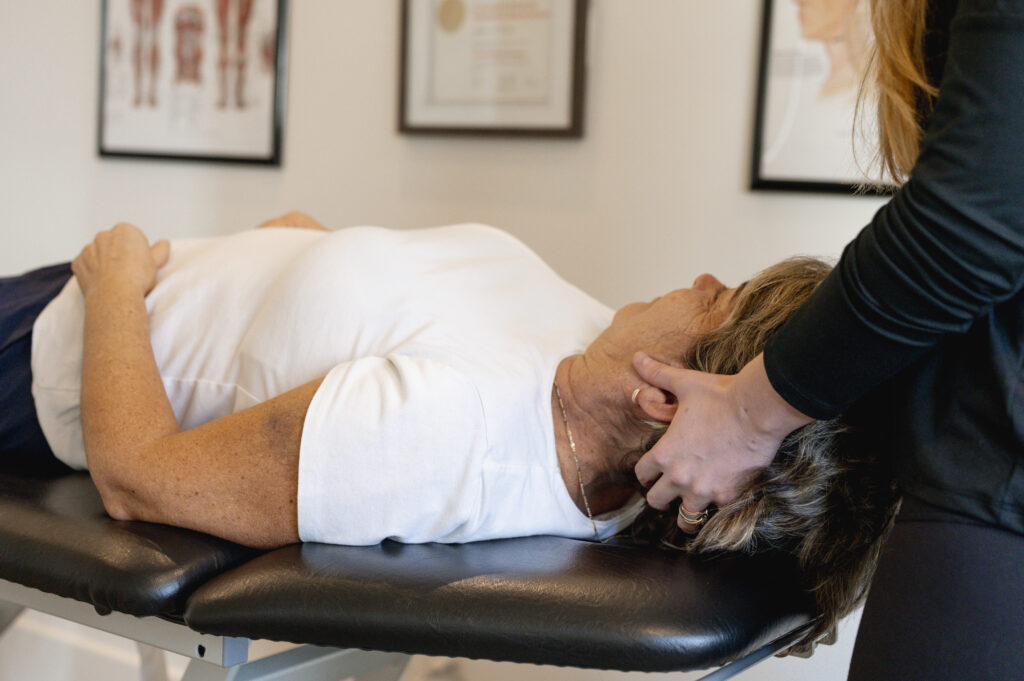Undergoing surgery can be a daunting experience, often followed by a challenging recovery process. The journey to regain full function and mobility can be significantly improved with the help of physiotherapy. Physiotherapy plays a crucial role in the post-surgery rehabilitation process, offering a structured and scientifically backed approach to recovery. This blog explores how physiotherapy can aid in post-surgery recovery, highlighting its benefits and the key elements involved.

Understanding Post-Surgery Physiotherapy
Post-surgery physiotherapy involves a series of tailored exercises and treatments designed to help patients regain strength, mobility, and function. It is a holistic approach that not only focuses on the physical aspect of recovery but also considers the psychological and emotional well-being of the patient. The main goals of post-surgery physiotherapy include reducing pain, improving range of motion, restoring normal movement patterns, and preventing complications such as blood clots or muscle atrophy.
Key Benefits of Physiotherapy Post-Surgery
1. Pain Management
Pain is a common issue following surgery, and physiotherapy offers various techniques to manage and alleviate it. Physiotherapists use methods such as manual therapy, ice and heat therapy, and electrotherapy to reduce pain and inflammation. These techniques help in minimizing the need for pain medications, which can have side effects and potential for dependency.
2. Improved Mobility and Flexibility
After surgery, joints and muscles can become stiff and less mobile. Physiotherapy helps to restore mobility through specific stretching and strengthening exercises. This is particularly important in surgeries involving joints, such as knee or hip replacements. Improved mobility aids in performing daily activities with ease and reduces the risk of falls or injuries.
3. Enhanced Strength and Endurance
Muscle strength can diminish rapidly after surgery due to inactivity. Physiotherapists create personalized exercise programs that gradually increase in intensity to rebuild strength and endurance. These exercises are essential for restoring function and enabling patients to return to their normal activities, whether it’s walking, climbing stairs, or more strenuous physical activities.
4. Scar Tissue Management
Post-surgical scar tissue can limit movement and cause discomfort. Physiotherapists use techniques such as massage and stretching to break down scar tissue and improve tissue elasticity. This helps in restoring smooth and pain-free movement across the affected area.
5. Prevention of Secondary Complications
Post-surgery, there is a risk of complications like deep vein thrombosis (DVT) or pulmonary embolism due to prolonged immobility. Physiotherapy encourages movement and exercises that promote blood circulation, thereby reducing the risk of these potentially life-threatening conditions. Additionally, breathing exercises can improve lung function and prevent respiratory complications.
Components of Post-Surgery Physiotherapy
1. Assessment and Goal Setting
The first step in post-surgery physiotherapy is a thorough assessment by the physiotherapist. This includes understanding the patient’s medical history, the type of surgery performed, and the current physical condition. Based on this assessment, realistic and achievable goals are set.
2. Customized Exercise Programs
Physiotherapists design customized exercise programs tailored to the specific needs of the patient. These programs are progressive, starting with gentle exercises and gradually increasing in intensity as the patient’s condition improves. The exercises focus on strength, flexibility, balance, and coordination.
3. Education and Self-Management
An essential aspect of physiotherapy is educating patients about their condition and the importance of adherence to the exercise program. Physiotherapists teach patients self-management techniques, ensuring they can continue their rehabilitation independently. This empowers patients and encourages active participation in their recovery process.
4. Continuous Monitoring and Adjustment
Recovery is a dynamic process, and physiotherapists continuously monitor the patient’s progress. Based on regular assessments, they adjust the exercise programs to ensure optimal recovery. This ongoing support is crucial for addressing any challenges or setbacks promptly.
Conclusion
Physiotherapy is a vital component of the post-surgery recovery process, offering numerous benefits that facilitate a faster and more effective rehabilitation. By managing pain, improving mobility, enhancing strength, and preventing complications, physiotherapy helps patients regain their independence and quality of life. If you are facing surgery or recovering from one, consider incorporating physiotherapy into your recovery plan for the best possible outcomes.






